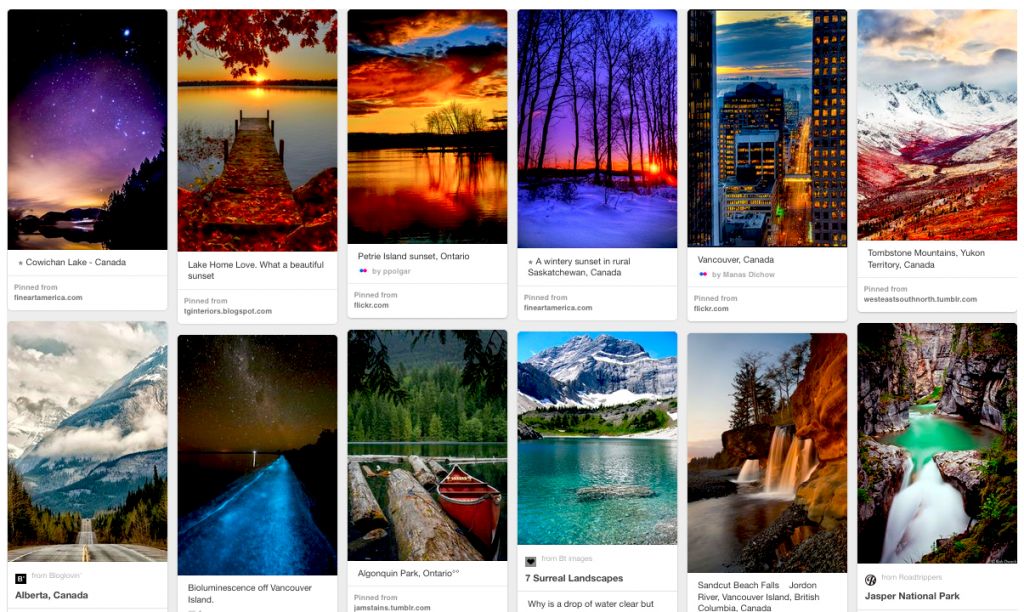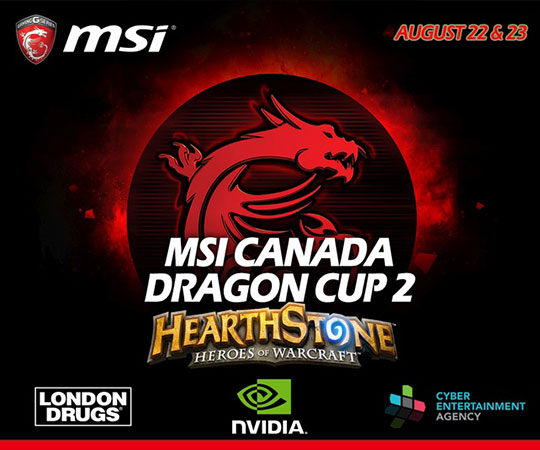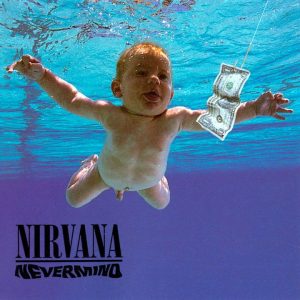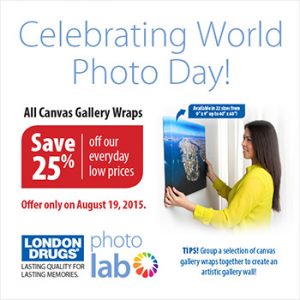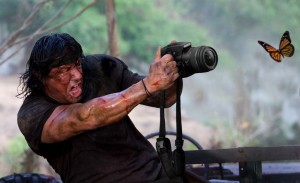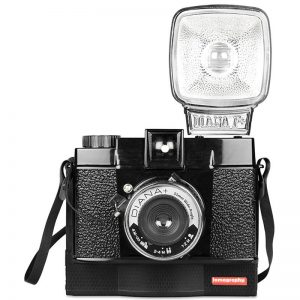World Photo Day wouldn’t be complete without properly acknowledging the device that makes photography possible. So let’s start things off with a little camera trivia, shall we? Try to answer this one without looking it up:
What year was the first camera invented?
Now, if your guess was 1839, while you’d be wrong, you would at least get points for reading last year’s WPD post. The actual answer, however, is the year 1888. According to Kodak.com:
The use of photographic film was pioneered by George Eastman, who started manufacturing paper film in 1885 before switching to celluloid in 1889. His first camera, which he called the “Kodak,” was first offered for sale in 1888.
If you’ve never paid much attention to the history of the camera, its Wikipedia page is a worthwhile read for any photography lover. The section on the history of the digital camera, in particular, contains some very surprising facts that I’ll bet most people are totally unaware of, even though the evolution of digital technology in photography is relatively recent.
For me personally, I got started in writing and advertising about 12 years ago, just as digital cameras were really starting to become mainstream. I remember that time as being the high point of the debate around which technology was superior: this new-fangled upstart digital, or good old-fashioned, reliable film. Back then, digital’s biggest advantage was its convenience while film cameras held the decisive edge in image quality—as only the most advanced and expensive digital SLR cameras could rival film.
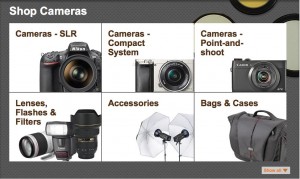
Love cameras? Great—so do we! In fact, why not celebrate World Photo Day with a little browsing? And we know just the place.
Fast-forward a few years and there is no debate about which technology would ultimately prevail. Digital photography is now more convenient than ever; meanwhile, mind-boggling advances in digital technology have turned the camera into much more than a camera. However, true fans can appreciate the merits of every type of photography, which is why London Drugs proudly offers a great selection of film cameras as well as digital. Next time you’re in the neighbourhood, check them out for yourself, and consider adding a film camera to your arsenal.


